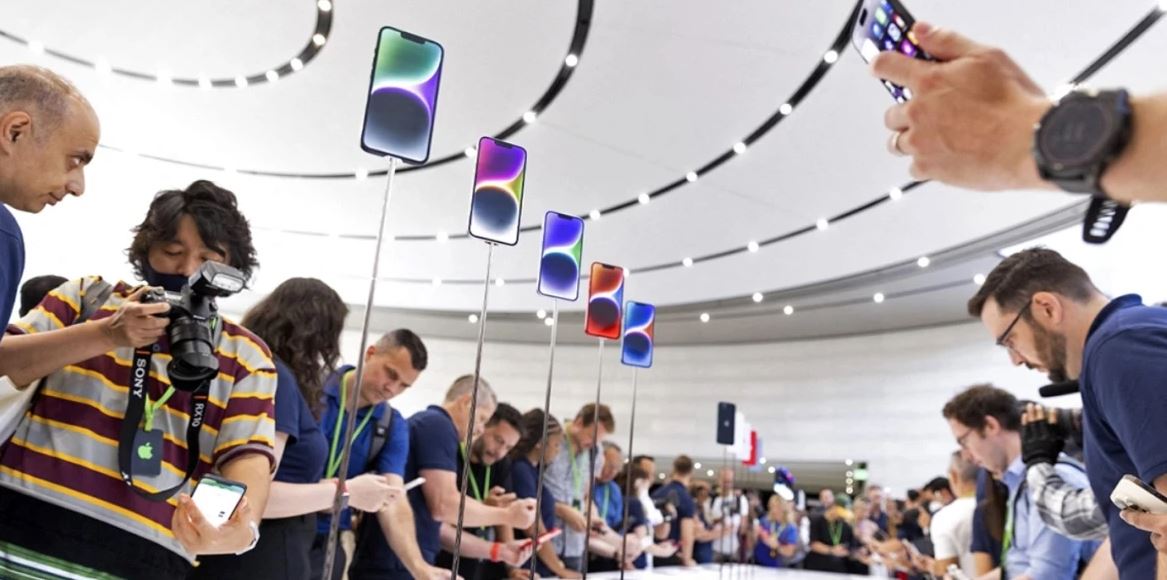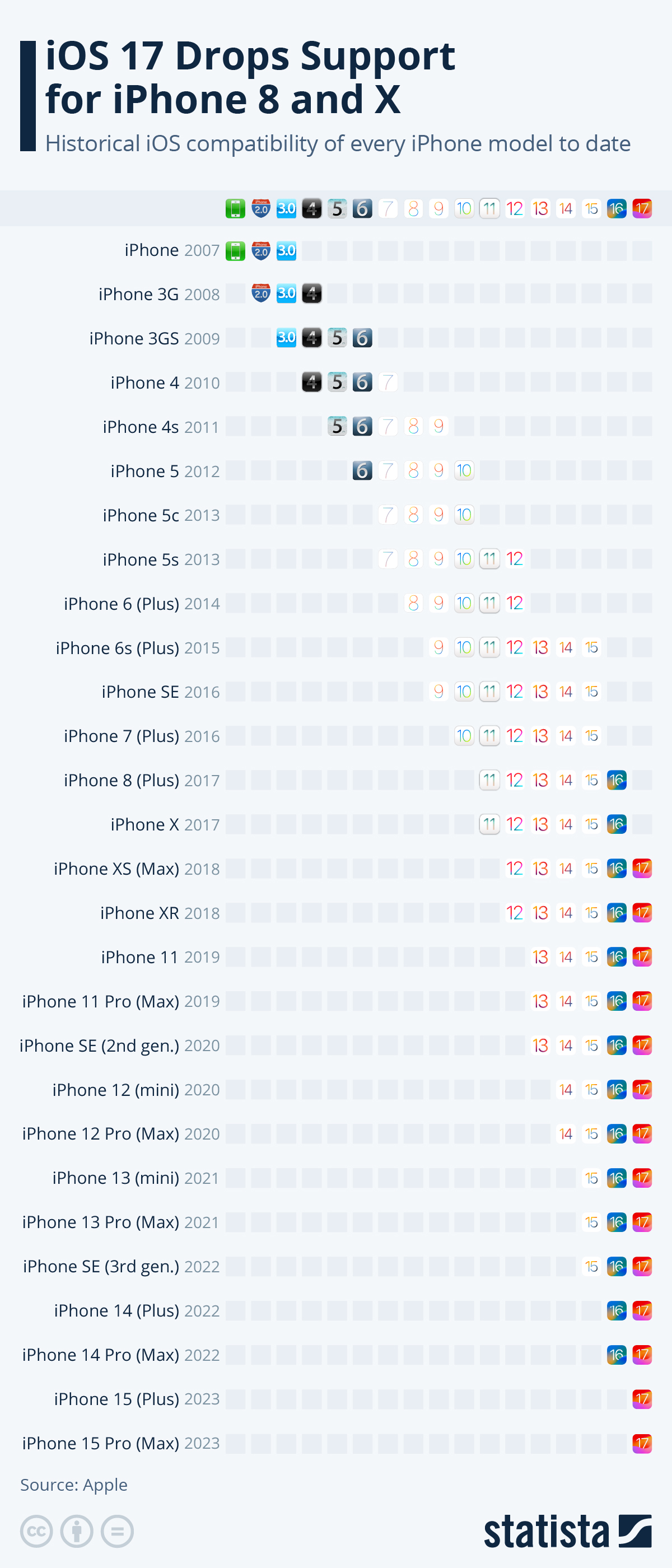When the iPhone 14 (Plus) and iPhone 14 Pro (Max) become available later this month, they will come with a shiny new version of Apple’s mobile operating system. First introduced at WWDC in June, iOS 16 will bring some significant changes, including the long sought-after ability to customize the iPhone’s lockscreen. It’s not just new iPhone buyers that will get to enjoy the new features, however, as Apple will release iOS 16 to existing users on September 12.
After two years of “leaving no one behind” – iOS 13, 14 and 15 all supported older models all the way back to the 2015 iPhone 6s – some users will be left out in the cold this year, as Apple cut the iPhone 6s, the first generation iPhone SE and the iPhone 7 from the list of compatible devices. That means users will need an iPhone 8 or newer to enjoy the latest features of iOS, some of which require the Apple Neural Engine, which was introduced with the iPhone 8 and X in 2017.
As the following chart shows, Apple has done a good job over the years of keeping older devices in the loop for a long time. While the original iPhone and the iPhone 3G received two major iOS updates, later models have typically gotten software updates for five to six years. Having been shipped with iOS 9, the iPhone 6s became the first generation to see a seventh iOS version, making it the technological equivalent of a tortoise outlasting generations of humans.
You will find more infographics at Statista
Ask me anything
Explore related questions






